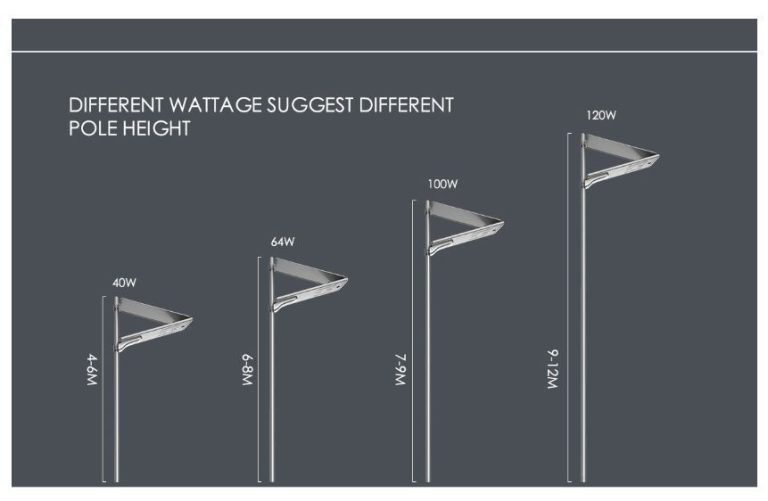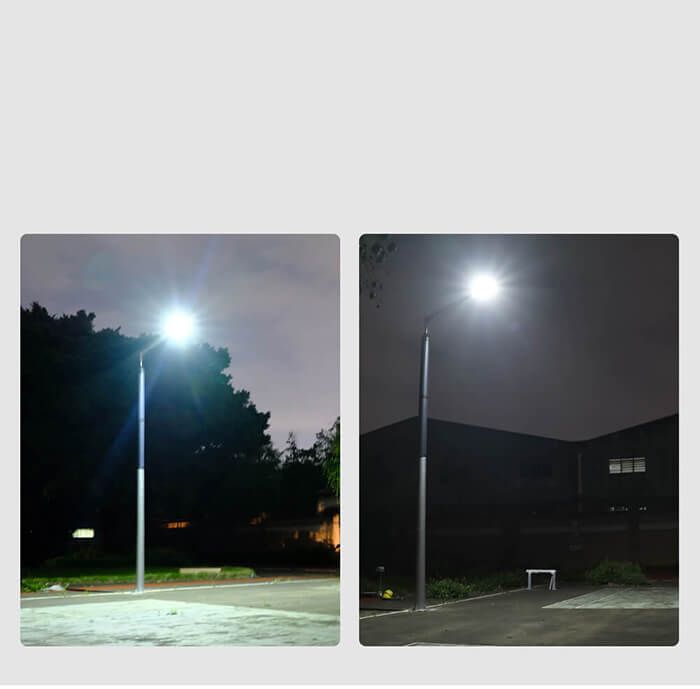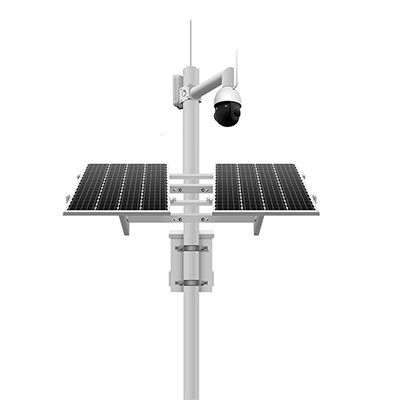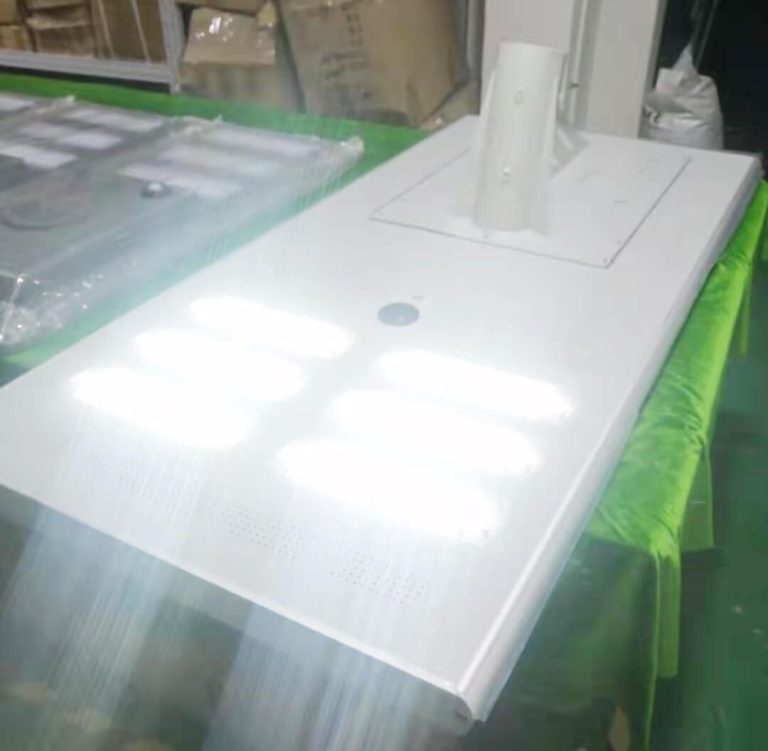Table of Contents
Choosing the Best Solar Street Lighting System Supplier for Your Project
Choosing the Best Solar Street Lighting System Supplier for Your Project
In the pursuit of sustainable and energy-efficient lighting solutions, solar street lighting systems have emerged as a viable alternative to traditional grid-connected lights. These systems harness solar energy during the day and convert it into electricity to illuminate streets and public spaces at night. As the demand for solar street lighting systems continues to rise, selecting the right supplier becomes crucial for the success of your project.
When considering suppliers for your solar street lighting system, several factors must be taken into account to ensure that you choose the best option for your specific needs. Quality, reliability, cost-effectiveness, and customer support are among the key aspects to evaluate.
Quality is paramount when it comes to solar street lighting systems. A reputable supplier should offer products that are built to withstand harsh weather conditions and provide consistent performance over an extended period. High-quality components, such as durable solar panels, efficient LED lights, and reliable batteries, are essential for ensuring the longevity and effectiveness of the system.
| Number | Products |
| 1 | All-in-One Solar Street Light |
Reliability is another critical factor to consider when selecting a supplier. You need to choose a supplier with a proven track record of delivering reliable and dependable solar street lighting systems. Look for reviews and testimonials from previous customers to gauge the supplier’s reliability and reputation in the industry.
Cost-effectiveness is a significant consideration for any project, and solar street lighting systems are no exception. While upfront costs may be higher compared to traditional grid-connected lights, solar-powered solutions offer long-term savings on electricity bills and maintenance expenses. It’s essential to balance upfront costs with the potential for savings over the lifetime of the system when choosing a supplier.
Customer support is crucial for ensuring a smooth implementation process and ongoing maintenance of your solar street lighting system. A reliable supplier should provide comprehensive support services, including assistance with system design, installation guidance, and responsive customer service for any issues that may arise post-installation. Choosing a supplier that offers excellent customer support can help mitigate risks and ensure the success of your project.
In addition to evaluating these key factors, it’s also essential to consider the specific requirements and constraints of your project when choosing a solar street lighting system supplier. Factors such as location, climate, lighting requirements, and budget will influence the choice of supplier and system configuration.
When evaluating suppliers, don’t hesitate to ask questions and request detailed information about their products, services, and experience. A reputable supplier will be transparent and willing to provide the information you need to make an informed decision.
In conclusion, choosing the best solar street lighting system supplier for your project requires careful consideration of factors such as quality, reliability, cost-effectiveness, and customer support. By thoroughly evaluating potential suppliers and their offerings, you can ensure that your project benefits from a high-quality, dependable, and sustainable lighting solution that meets your specific needs and requirements.
Advantages and Disadvantages of Split Type Solar Street Lighting Systems for Roadways
Split type solar street lighting systems for roadways offer both advantages and disadvantages, making them a subject of interest for municipalities and urban planners seeking sustainable and efficient lighting solutions. These systems, which separate the solar panel and battery from the light fixture, have gained popularity in recent years due to their versatility and cost-effectiveness.
One of the primary advantages of split type solar street lighting systems is their flexibility in installation. Unlike traditional solar street lights that require the entire unit to be mounted on a single pole, split type systems allow for greater freedom in positioning the solar panels for optimal sun exposure. This flexibility enables installers to place the panels in areas with maximum sunlight, maximizing energy production and overall system efficiency.
Additionally, split type systems are often easier to maintain compared to Integrated Solar Street Lights. With the solar panels and battery housed separately from the light fixture, maintenance tasks such as cleaning, inspection, and replacement can be performed more efficiently. This modular design also simplifies troubleshooting and repairs, reducing downtime and ensuring continuous operation of the lighting system.
Another advantage of split type solar street lighting systems is their scalability. Municipalities can start with a few light fixtures and expand the system over time as budget and lighting needs dictate. This incremental approach allows for cost-effective deployment, especially in areas where budget constraints may limit the initial investment in solar infrastructure. Moreover, the modular nature of split type systems facilitates future upgrades and technology advancements, ensuring long-term sustainability and performance.
Despite their numerous advantages, split type solar street lighting systems also have some drawbacks that must be considered. One significant limitation is the need for additional wiring between the solar panels, battery, and light fixture, which can increase installation complexity and cost. Moreover, the separation of components may require more space compared to integrated systems, making them less suitable for compact urban environments with limited installation areas.
Another disadvantage of split type systems is their susceptibility to theft and vandalism. Since the solar panels and batteries are typically installed separately from the light fixtures, they may be more vulnerable to theft or damage, especially in unsecured or remote locations. This risk can increase maintenance and replacement costs, offsetting some of the initial savings associated with split type solar street lighting systems.
Furthermore, split type systems may not be as aesthetically pleasing as integrated solar street lights, as the separate components can create a more cluttered appearance. In urban areas where visual appeal is important, this factor may influence the choice of lighting system and impact public perception of the streetscape.
In conclusion, split type solar street lighting systems offer several advantages, including flexibility in installation, ease of maintenance, scalability, and potential for future upgrades. However, they also have drawbacks such as increased installation complexity, vulnerability to theft and vandalism, and potential aesthetic concerns. Municipalities and urban planners should carefully weigh these factors when considering split type systems for roadway lighting projects, ensuring that they align with budgetary constraints, maintenance capabilities, and aesthetic preferences.
Exploring Budget-Friendly Options: Cheap Solar Street Lighting Solutions
When it comes to illuminating streets and roadways, solar street lighting systems have emerged as a sustainable and cost-effective solution. These systems harness solar energy to power LED lights, offering a reliable source of illumination while reducing reliance on traditional grid electricity. While there are various options available in the market, finding a budget-friendly solution without compromising quality is paramount for many communities and organizations. In this article, we delve into the realm of cheap solar street lighting solutions, exploring affordable yet reliable options for lighting up roads and pathways.
One of the key considerations when selecting a solar street lighting system is its cost-effectiveness. While the initial investment may seem daunting, the long-term savings from reduced electricity bills and minimal maintenance costs make solar-powered systems a financially prudent choice. Moreover, advancements in technology have led to the development of more affordable solar panels and LED lights, further driving down the overall cost of solar street lighting installations.
Split-type solar street lighting systems have gained popularity as an economical option for roadway illumination. Unlike traditional integrated systems, split-type designs separate the solar panel and LED light components, allowing for greater flexibility in installation and maintenance. This modular approach not only reduces upfront costs but also simplifies troubleshooting and component replacement, ultimately contributing to lower operational expenses.

In addition to split-type systems, sourcing from a reliable and reputable supplier can significantly impact the overall affordability and quality of solar street lighting solutions. By partnering with a top solar street lighting system supplier, communities and organizations can access competitive pricing without compromising on performance or durability. Established suppliers often leverage economies of scale and strategic partnerships to offer cost-effective solutions tailored to specific project requirements.
Furthermore, opting for standardized designs and off-the-shelf components can help minimize customization costs associated with solar street lighting installations. By selecting pre-configured systems that meet regulatory standards and technical specifications, project stakeholders can streamline procurement processes and avoid unnecessary expenses. Additionally, standardized designs facilitate scalability, allowing for future expansion or replication of solar lighting projects across different locations.
When evaluating cheap solar street lighting solutions, it is essential to consider the total cost of ownership over the system’s lifespan. While upfront costs may be lower for certain products, factors such as energy efficiency, durability, and warranty coverage can influence long-term savings and performance. Investing in high-quality components and reputable brands may incur slightly higher initial expenses but can yield substantial returns in terms of reliability and operational efficiency over time.
Moreover, exploring financing options and incentives for solar street lighting projects can further enhance their affordability. Many governments and organizations offer grants, rebates, and tax incentives to encourage the adoption of renewable energy solutions. By leveraging these financial mechanisms, project developers can offset upfront costs and accelerate the payback period for solar street lighting investments.
In conclusion, cheap solar street lighting solutions offer a viable and sustainable alternative to traditional grid-powered systems. By leveraging cost-effective designs, reliable components, and strategic partnerships, communities and organizations can illuminate streets and roadways while minimizing financial burden. By prioritizing affordability without compromising quality, solar street lighting projects can contribute to energy conservation, environmental sustainability, and enhanced safety for pedestrians and motorists alike.







